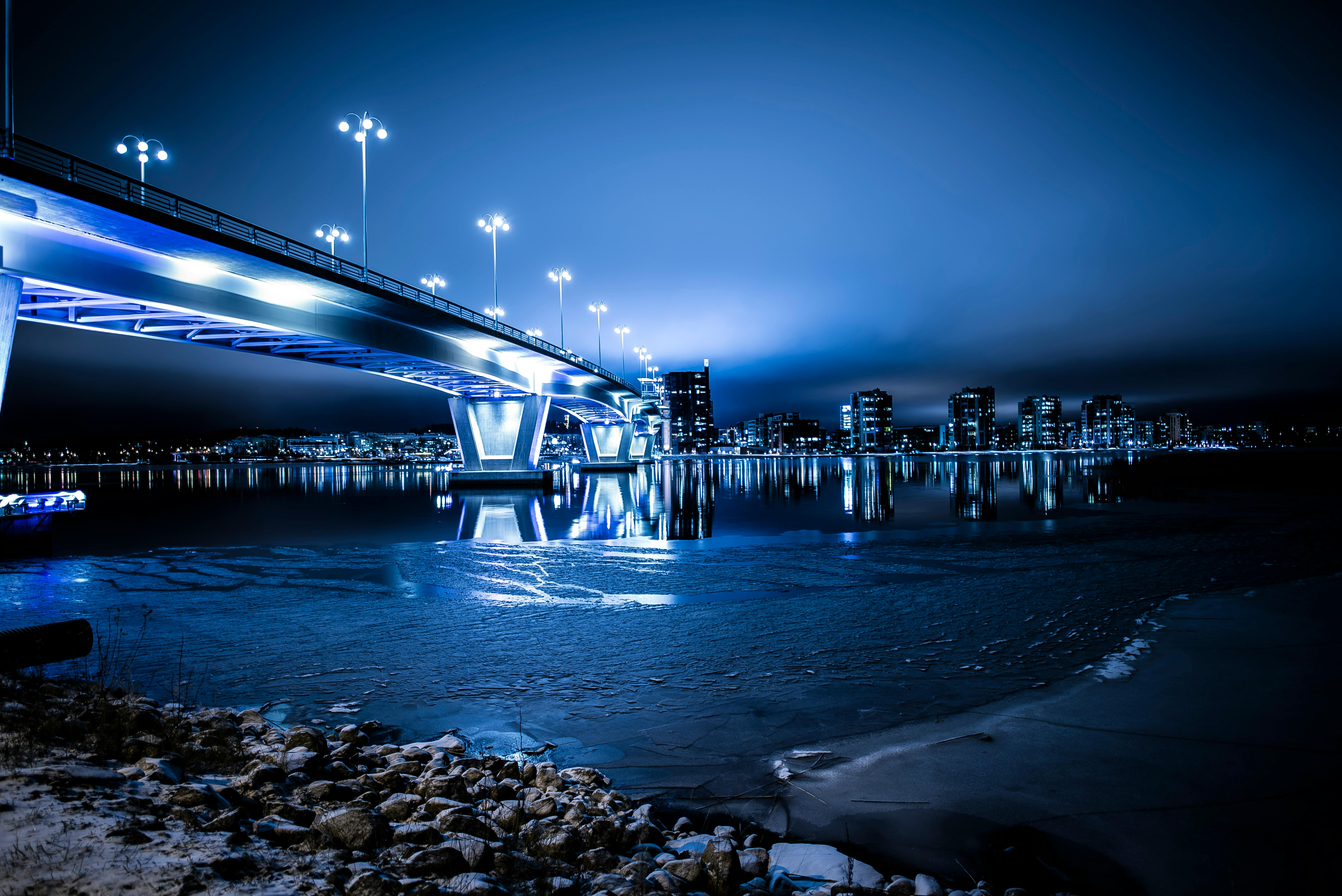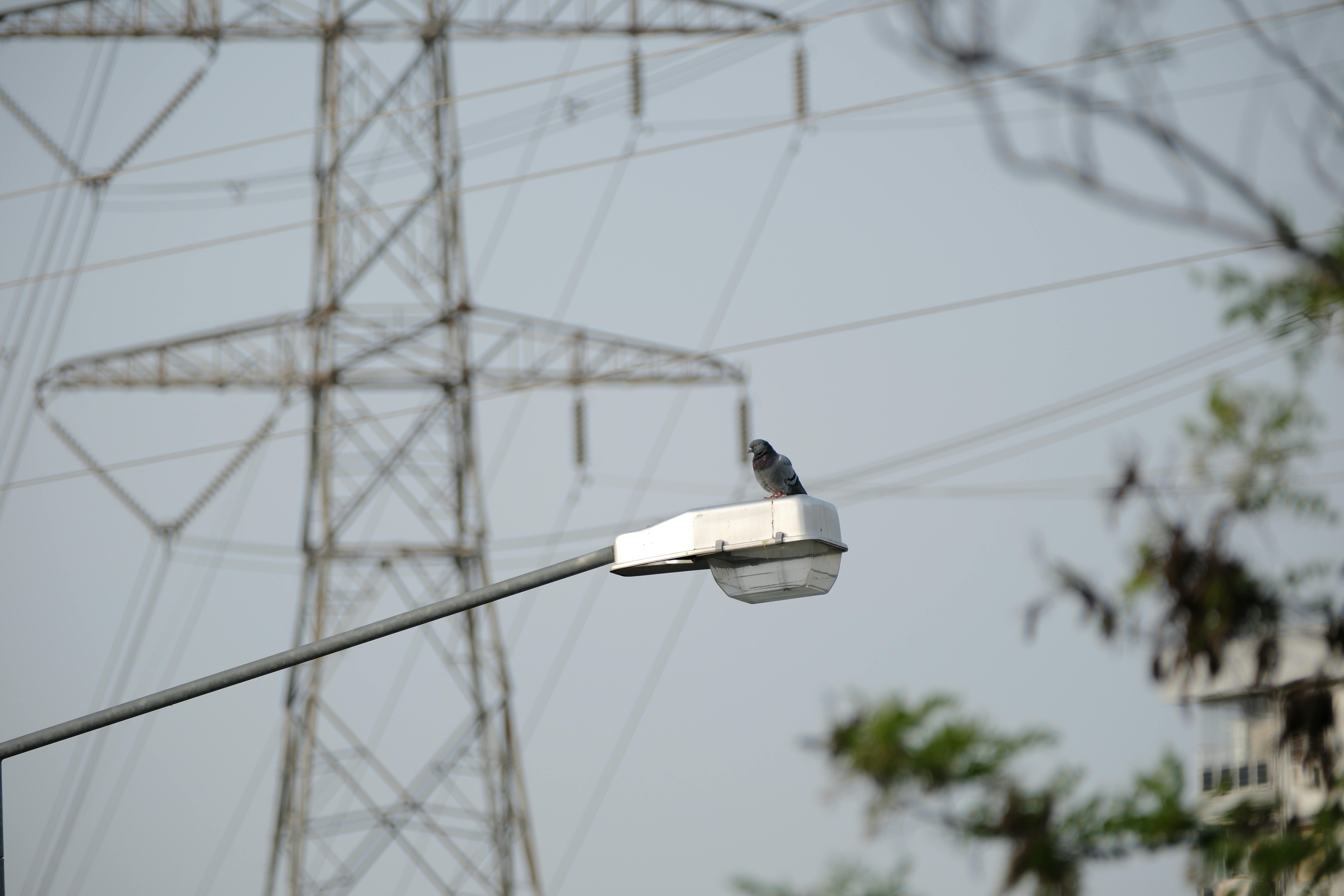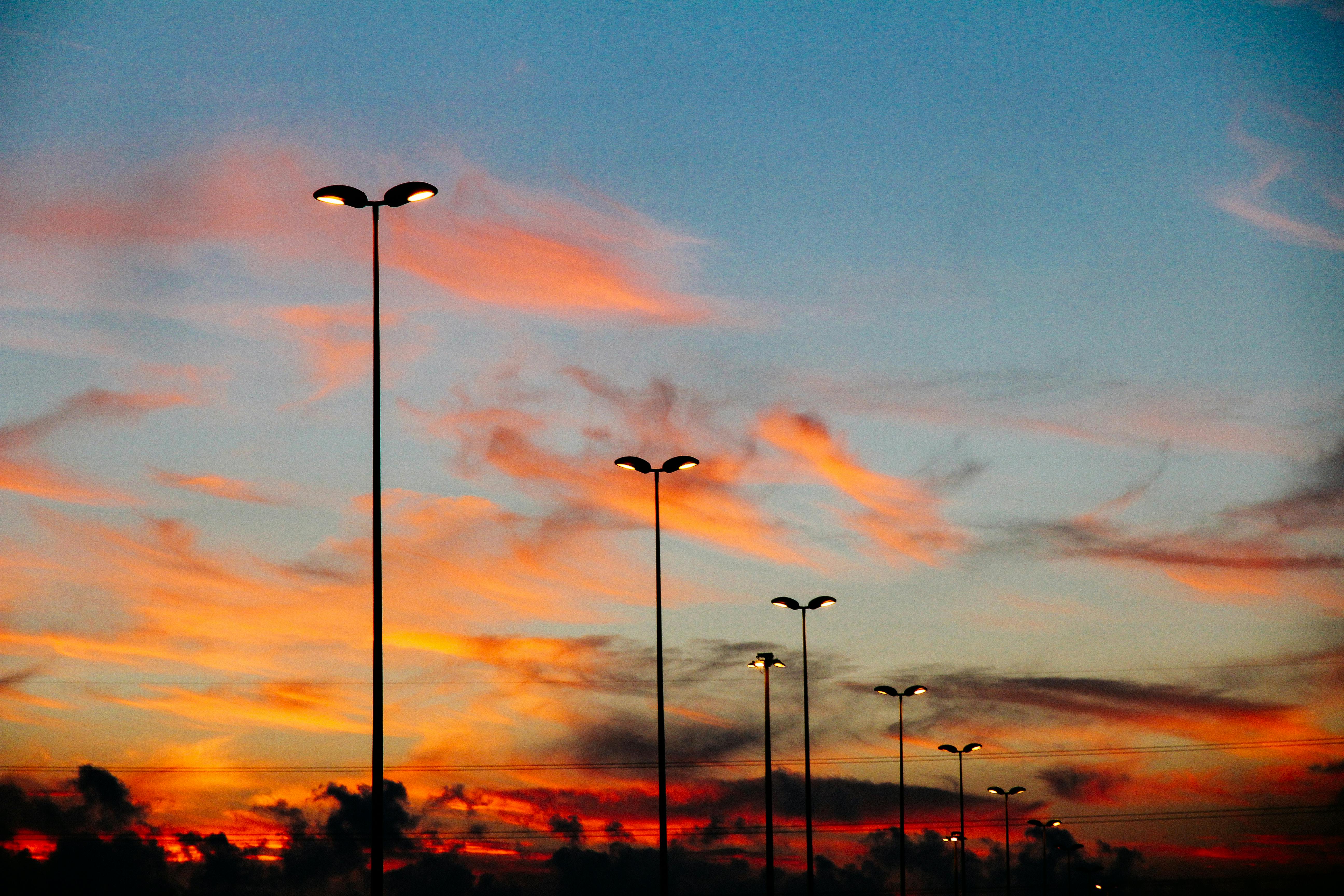Sansi LED: Sustainable LED Lighting and Integrated LED Display
Delivering premium and professional LED Display, LED Lighting, Smart City Integration solutions, trusted by over 60,000 companies worldwide everyday. From industrial lighting to commercial lighting, from outdoor advertising to XR & VR production, Sansi LED greatly improves the quality and sustainability of your business with 30 years of expert experiences.

Table of Contents
Quotation
The Impact of Street Lights on Animal Ecosystems
1. Disturbance to Animal Behavior by Light Pollution
2. Impact of Light Cycle Changes on Biological Rhythms
How Street Light Design Can Aid Sustainable Development
1. Low-Color-Temperature Light Sources
2. Implement Smart Lighting Systems
3. Avoid Direct Lighting of Natural Habitats
4. Increase Light Barriers and Vegetation Coverage

Street lights are an integral part of urban infrastructure, providing essential convenience for human life. However, the impact of street lights on animal ecosystems is often overlooked. As the concept of sustainable development gains popularity, finding ways to ensure the convenience of human activities while reducing disturbances to animal ecosystems has become a critical issue.
The Impact of Street Lights on Animal Ecosystems
1. Disturbance to Animal Behavior by Light Pollution
Light pollution refers to the excessive or inappropriate use of artificial light, leading to changes in the distribution, intensity, and timing of light in the natural environment. Light pollution has widespread effects on the behavior and physiology of animals:
Insects: Many insects are attracted to light sources, and the strong light from street lamps can cause them to gather, disrupting their normal activities and feeding. Additionally, insects are a food source for many animals, and changes in their behavior can impact the entire food chain.
Birds: Nocturnal birds can be disoriented by strong light, altering their migration routes, increasing energy consumption during flight, and even causing them to collide with buildings.
Amphibians and Reptiles: Light pollution can affect their nocturnal activities and reproductive behaviors. For example, sea turtles may be led away from the ocean by artificial light on beaches, reducing the survival rate of hatchlings.

2. Impact of Light Cycle Changes on Biological Rhythms
The biological rhythms of animals are typically closely related to natural light cycles. Interference from artificial light sources can disrupt animals' biological clocks, affecting behaviors such as growth, reproduction, and foraging. For instance, certain fish are nocturnal, and the presence of street lights can confuse their day-night rhythm, impacting normal population development.

How Street Light Design Can Aid Sustainable Development
To reduce the adverse effects of street lights on animal ecosystems while promoting sustainable development, we can improve street light design in the following ways:
1. Use Low-Color-Temperature Light Sources
Low-color-temperature light sources (below 3000K) are less disruptive to animals because they emit less blue light. Blue light is the spectrum range most sensitive to many animals, especially insects and birds. Using low-color-temperature light sources can mitigate the impact of light pollution on animals.
2. Implement Smart Lighting Systems
Smart lighting systems can adjust the brightness and operating hours of street lights based on actual needs. For instance, during late-night hours, street light brightness can be reduced or partially turned off to minimize unnecessary light pollution. Additionally, sensor technology can ensure that lighting adjusts automatically when pedestrians or vehicles pass by, saving energy and being environmentally friendly.
3. Avoid Direct Lighting of Natural Habitats
When designing street light layouts, efforts should be made to avoid direct lighting of natural habitats. For example, near forests, rivers, wetlands, and other animal habitats, using light shields or directional light sources can confine light to necessary areas, reducing disturbances to surrounding ecosystems.
4. Increase Light Barriers and Vegetation Coverage
Planting trees or installing barriers can effectively block the spread of street light, protecting animal habitats from light pollution. This approach not only reduces light pollution but also beautifies the urban environment and enhances ecological value.

Through scientific and reasonable design and technological means, we can ensure urban lighting needs while minimizing disturbances to the natural ecosystem, promoting harmonious coexistence between humans and nature, and achieving sustainable development. This requires not only technological advancements but also a collective effort and heightened awareness from society as a whole.
